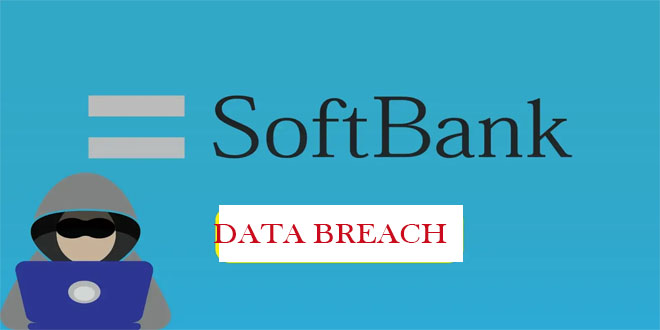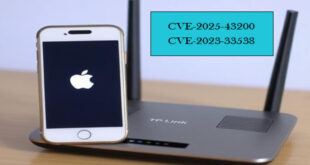The Australian Cyber Security Centre (ACSC) has alerted technical users in both private and public sectors about ongoing exploitation of known vulnerabilities following a new advisory highlighting the exploitation of previously known vulnerabilities in Fortinet products. Organizations are urged to take immediate action.
Fortinet has detected that attackers are exploiting unpatched/older vulnerabilities in their devices to gain unauthorized access. Many affected devices either were not updated promptly or were targeted before security patches were applied.
What has happened?
Fortinet has released information regarding their observation of active exploitation of previously known vulnerabilities affecting Fortinet devices, including:
FG-IR-24-015: Out-of-bound Write in sslvpnd
FG-IR-23-097: Heap buffer overflow in sslvpn pre-authentication
FG-IR-22-398: Heap-based buffer overflow in sslvpnd.
Fortinet have previously released patches for these vulnerabilities.
Mitigation / How do I stay secure?
The ASD’s ACSC recommends businesses, organisations and government entities:
Follow Fortinet’s published advice relating to this activity.
Upgrade to the latest versions of affected products.
Review configuration of all affected products for potential modification and compromise.
Monitor and investigate for suspicious activity in connected environments.
Fortinet said, a threat actor used a known vulnerability to implement read-only access to vulnerable FortiGate devices. This was achieved via creating a symbolic link connecting the user filesystem and the root filesystem in a folder used to serve language files for the SSL-VPN. This modification took place in the user filesystem and avoided detection. Therefore, even if the customer device was updated with FortiOS versions that addressed the original vulnerabilities, this symbolic link may have been left behind, allowing the threat actor to maintain read-only access to files on the device’s file system, which may include configurations.
Notably, if the customer has never had SSL-VPN enabled, then the customer is not impacted by this issue.
As part of the investigation, Fortinet performed scans to identify impacted devices using internal telemetry and in collaboration with third-party organizations. The data indicates that this threat actor activity was not targeted to a specific region or industry.
To help customers secure their environments and prevent further abuse of these vulnerabilities, Fortinet has taken multiple steps:
Released updated AV/IPS signatures to detect and remove the symbolic link.
Enhanced FortiOS versions to:
Detect and remove the symbolic link during updates.
Prevent SSL VPNs from serving malicious files.
Provided direct communication and assistance to known impacted customers based on internal telemetry.
These mitigations are automatically applied if customers have the AV/IPS engine enabled and licensed.
 InfoSecBulletin Cybersecurity for mankind
InfoSecBulletin Cybersecurity for mankind














